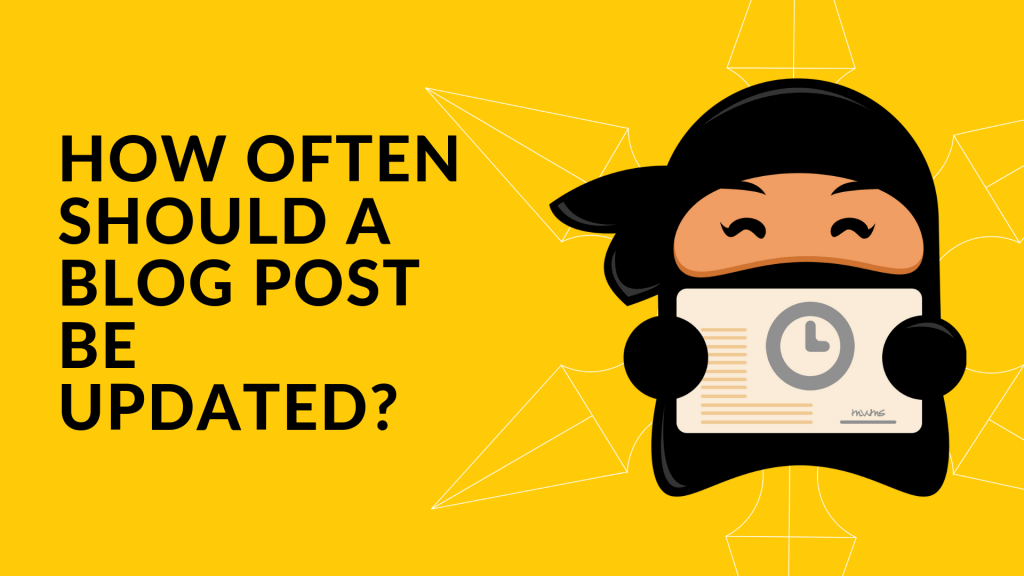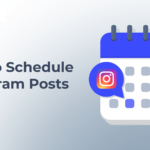In the ever-evolving landscape of online content, maintaining a consistent publishing schedule is crucial for bloggers and content creators. One common question that arises is: How often should you add new blog posts to your website? In this article, we will explore the factors to consider when determining the frequency of publishing new blog posts. By understanding the importance of consistency, balancing quality and quantity, and aligning with your target audience’s preferences, you can develop an effective content strategy that drives engagement and growth.
The Significance of Consistency
When it comes to building a loyal audience and maintaining their interest, consistency is key. Regularly adding new blog posts signals to your readers and search engines that your website is active and continually providing fresh and valuable content. It helps establish your brand’s credibility and authority within your niche, keeping your audience engaged and coming back for more.
Quality over Quantity: Striking the Right Balance
While consistency is important, it should not come at the expense of quality. Publishing low-quality or rushed content simply to meet a specific frequency can be detrimental to your reputation and readership. It is crucial to strike a balance between quantity and quality. Focus on creating well-researched, insightful, and engaging blog posts that provide value to your audience. Set a publishing schedule that allows you to maintain this level of quality consistently.
Analyzing Your Target Audience’s Preferences
Understanding your target audience’s preferences is vital in determining the ideal frequency of adding new blog posts. Consider their habits, preferences, and expectations. Are they looking for in-depth, comprehensive articles or quick, bite-sized content? Analyze your website analytics, conduct surveys, and engage with your audience through comments and social media to gain insights into their preferences. This information will guide you in tailoring your content strategy to best suit their needs.
Optimizing for Search Engines
Search engines favor websites that consistently add fresh content. Regularly updating your blog with new posts increases your website’s visibility and improves its chances of ranking higher in search engine results. By incorporating relevant keywords and optimizing your blog posts for SEO, you can attract organic traffic and expand your reach. However, it is important to prioritize creating valuable content for your audience rather than solely focusing on search engine optimization.
The Benefits of Regularly Adding New Blog Posts
Adding new blog posts frequently offers several benefits. Firstly, it keeps your website dynamic and engaging, encouraging visitors to explore different sections of your blog. It also provides opportunities for internal linking, allowing you to establish a robust interconnection between various blog posts, thereby enhancing user experience and SEO. Moreover, consistent content creation helps in building brand authority and fostering a sense of community among your readers.
Leveraging Social Media and Email Marketing
Social media and email marketing play crucial roles in promoting your blog posts and driving traffic to your website. Sharing your new blog posts on platforms like Facebook, Twitter, and LinkedIn increases their visibility and encourages readers to visit your website. Additionally, utilizing email newsletters enables you to reach out directly to your subscribers, providing them with valuable updates and links to your latest blog posts.
Repurposing and Updating Existing Content
Revisit your existing content regularly and identify opportunities for repurposing and updating. Transforming blog posts into different formats, such as infographics, videos, or podcasts, allows you to reach a broader audience and breathe new life into your content. Furthermore, updating older blog posts with fresh information and insights ensures that your content remains relevant and up to date.
Monitoring and Adjusting Your Publishing Frequency
A content strategy is not set in stone; it requires continuous monitoring and adjustment. Regularly analyze your website analytics to understand how your audience responds to your blog posts. Pay attention to engagement metrics such as page views, time spent on page, and social shares. Based on this data, you can fine-tune your publishing frequency to maximize audience engagement and optimize your content strategy.
Conclusion
Maintaining a consistent publishing schedule is crucial for the success of your blog or website. By striking the right balance between quality and quantity, understanding your target audience’s preferences, optimizing for search engines, and leveraging social media and email marketing, you can create a content strategy that drives engagement and growth. Remember, regular additions of high-quality blog posts not only attract readers but also help establish your brand as a trusted authority in your niche.
FAQs
The ideal frequency depends on various factors, including your niche, target audience, and available resources. Aim for consistency while prioritizing quality over quantity.
Yes, repurposing your content into different formats can help reach a wider audience and breathe new life into your posts. Consider transforming them into infographics, videos, or podcasts.
While SEO is important for visibility, always prioritize creating valuable content for your audience. Strive for a balance between optimizing for search engines and delivering high-quality content.
Social media platforms provide an avenue to share your blog posts and reach a wider audience. Email marketing allows you to directly engage with your subscribers and provide them with valuable updates and links to your latest content.
Regularly monitor your website analytics and analyze engagement metrics such as page views, time spent on page, and social shares. Use this data to adjust and optimize your publishing frequency accordingly.








